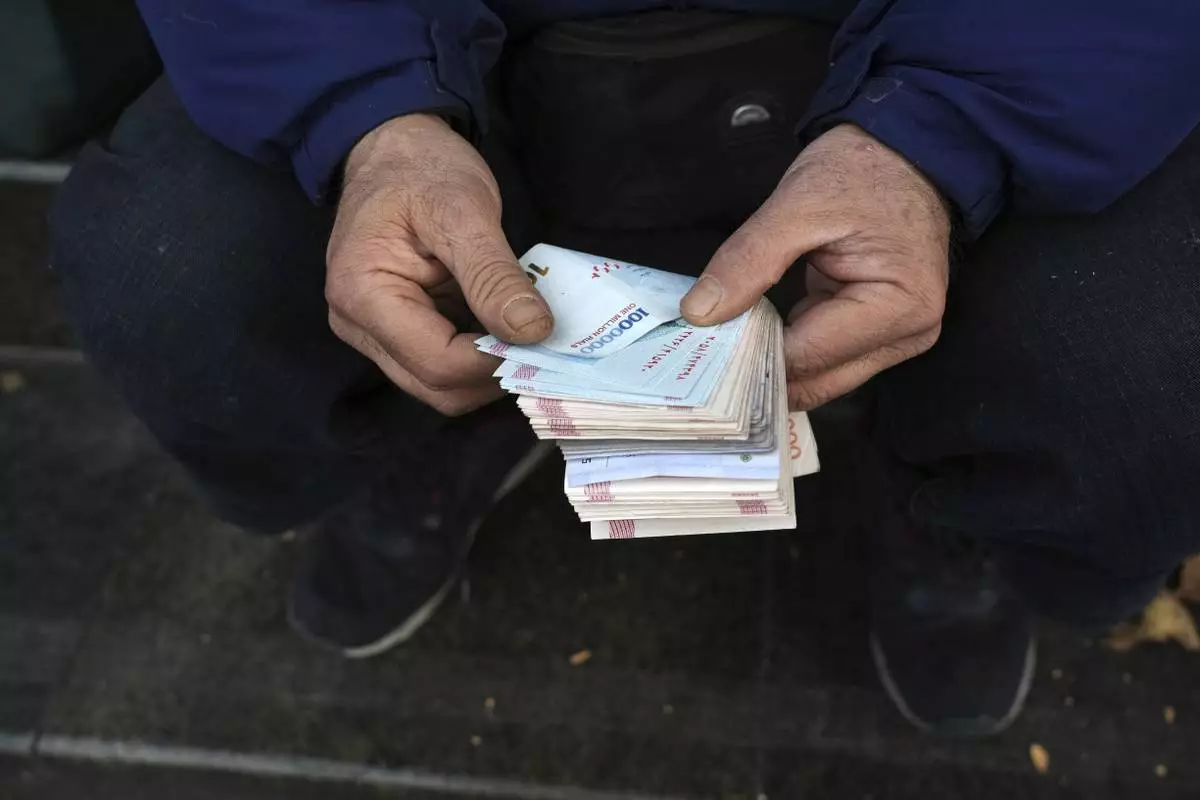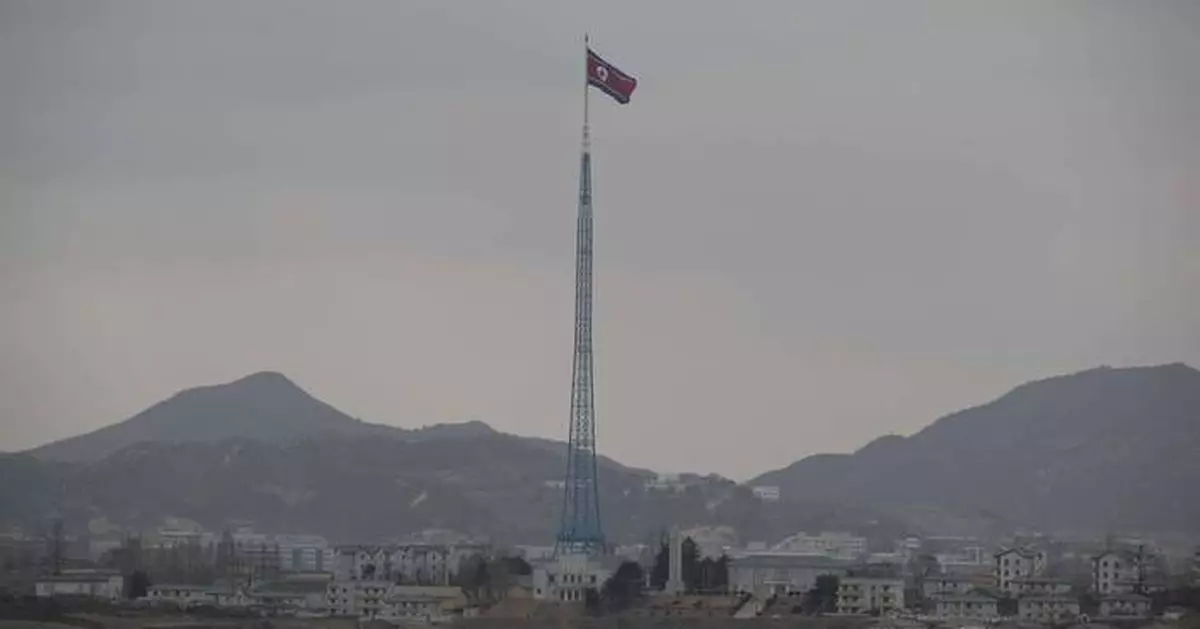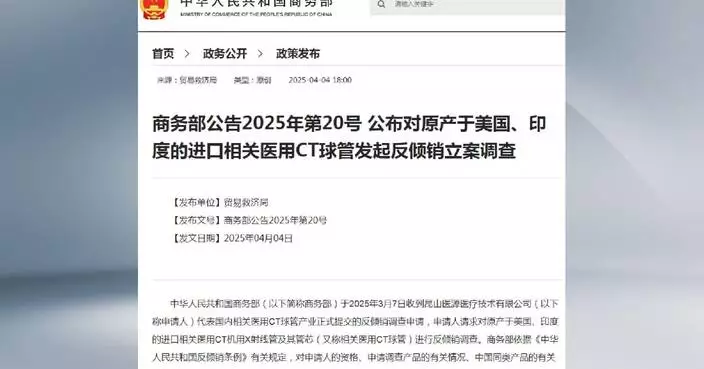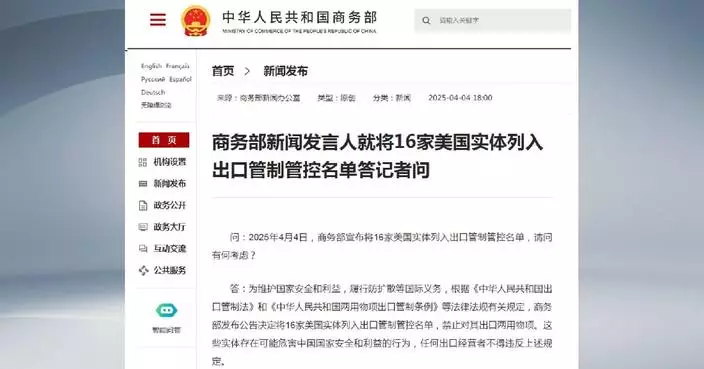SEOUL, South Korea (AP) — North Korea threatened Saturday to boost its nuclear fighting capability and make the United States and South Korea pay “an unimaginably harsh price” as it slammed its rivals’ new defense guidelines that it says reveal an intention to invade the North.
On Thursday, U.S. President Joe Biden and South Korean President Yoon Suk Yeol authorized the signing of joint nuclear deterrence guidelines as part of efforts to enhance their capabilities to cope with North Korea’s growing nuclear arsenal. The guidelines were adopted a year after the two countries established a consultation body to bolster information-sharing on nuclear operations and discuss how to integrate U.S. nuclear weapons and South Korean conventional weapons in contingencies.
In a statement carried by state media, North Korea’s Defense Ministry said the U.S.-South Korea guidelines betrayed “their sinister intention to step up their preparations for a nuclear war against” North Korea.
The statement said its enemies’ escalating nuclear threats urgently require North Korea to further improve its nuclear deterrent readiness and add unspecified “important elements to the composition of the deterrent.” It said the U.S. and South Korea will “pay an unimaginably harsh price” if they fail to stop provocative acts.
South Korea’s Defense Ministry on Sunday called North Korea’s statement “sophistry,” saying the guidelines would not have been needed if there were no North Korean nuclear threats. The South Korean Defense Ministry warned in a statement that any attempt by North Korea to use nuclear weapons will invite an overwhelming response by the South Korean-U.S. alliance and result in the end of the North’s government.
Details of the U.S.-South Korean guidelines weren't available, but experts say they are largely about how the two countries would integrate U.S. nuclear weapons and South Korean conventional weapons to respond to various potential contingencies caused by North Korean attacks and provocations. Experts say the U.S. and South Korea are expected to map out detailed concept and operation plans based on the guidelines and review them via bilateral military exercises.
The guidelines are the first of their kind between the allies. The U.S. has repeatedly promised to use all its military capabilities, including nuclear weapons, to protect South Korea if it is attacked by North Korea, but many experts in South Korea believe the U.S. lacks plans on how it would implement its extended deterrence to its ally. South Korea has no nuclear weapons.
North Korea has argued it was forced to pursue nuclear weapons to deal with U.S.-led nuclear threats. American and South Korean officials have steadfastly said they have no intention of attacking North Korea.
Concerns about North Korea's nuclear program have grown in recent years as the North performed a slew of provocative missile tests and openly threatened to use nuclear weapons preemptively in potential conflicts with its adversaries.

FILE - A North Korean flag flutters in North Korea's village Gijungdong as seen from a South Korea's observation post inside the demilitarized zone in Paju, South Korea during a media tour, March 3, 2023. North Korea threatened Saturday, July 13, 2024, to boost its nuclear fighting capability and get the U.S. and South Korea to face “an unimaginably harsh price” as it slammed its rivals’ new defense guidelines that it says revealed an intention to invade the North. (Jeon Heon-Kyun/Pool Photo via AP, File)
TEHRAN, Iran (AP) — Iran ’s rial currency traded Saturday at a record low against the U.S. dollar as the country returned to work after a long holiday, costing over 1 million rials for a single greenback as tensions between Tehran and Washington likely will push it even lower.
The exchange rate had plunged to over 1 million rials during the Persian New Year, Nowruz, as currency shops closed and only informal trading took place on the streets, creating additional pressure on the market. But as traders resumed work Saturday, the rate fell even further to 1,043,000 to the dollar, signaling the new low appeared here to stay.
On Ferdowsi Street in Iran’s capital, Tehran, the heart of the country’s money exchanges, some traders even switched off their electronic signs showing the going rate as uncertainty loomed over how much further the rial could drop.
“We turn it off since we are not sure about the successive changes of the rate,” said Reza Sharifi, who works at one exchange.
Iran’s economy has been severely affected by international sanctions, particularly after U.S. President Donald Trump unilaterally withdrew America from Tehran’s nuclear deal with world powers in 2018. At the time of the 2015 deal, which saw Iran drastically limit its enrichment and stockpiling of uranium in exchange for lifting of international sanctions, the rial traded at 32,000 to the dollar.
After Trump returned to the White House for his second term in January, he restarted his so-called “maximum pressure” campaign targeting Tehran with sanctions. He again went after firms trading Iranian crude oil, including those selling at a discount in China.
Trump meanwhile has written to Iran’s Supreme Leader Ayatollah Ali Khamenei, trying to jumpstart direct talks between Tehran and Washington. So far, Iran has maintained it is willing for indirect talks, but such discussions under the Biden administration failed to make headway.
Meanwhile, Trump is continuing an intense airstrike campaign targeting the Iranian-backed Houthi rebels in Yemen, the last force in Tehran’s self-described “Axis of Resistance” able to attack Israel after other militant groups were mauled by Israel during its war on Hamas in the Gaza Strip.
Mehdi Darabi, a market analyst, said he believed that foreign pressures in recent months caused “expectations for the possibility of a decrease in oil sales and more inflation, and it caused a higher rate for hard currencies,” according to Tehran’s Donay-e-Eqtesad economic newspaper.
Economic upheavals have evaporated the public’s savings, pushing average Iranians into holding onto hard currencies, gold, cars and other tangible wealth. Others pursue cryptocurrencies or fall into get-rich-quick schemes.
Meanwhile, internal political pressure remains inflamed still over the mandatory hijab, or headscarf, with women still ignoring the law on the streets of Tehran. Rumors also persist over the government potentially increasing the cost of subsidized gasoline in the country, which has sparked nationwide protests in the past.
The falling rial has put more pressure as well on Iranian reformist President Masoud Pezeshkian. In March, when the rate was 930,000 rials to the dollar, Iran’s parliament impeached his finance minister, Abdolnasser Hemmati over the crashing rial and accusations of mismanagement.
Anger over government spending also saw Pezeshkian fire his vice president in charge of parliamentary affairs, Shahram Dabiri, for taking a luxury cruise to Antarctica, state media reported. Though Dabiri reportedly used his own money for the trip with his wife, the Instagram photos posted of his trip angered an Iranian public scrapping by to survive.
“In a situation where the economic pressures on people are huge and the number of deprived people is massive, expensive recreational trip by officials even by their own personal fund is not defendable and reasonable,” Pezeshkian said in firing Dabiri, who so far hasn’t offered any public explanation for his trip.
Gambrell reported from Dubai, United Arab Emirates.

FILE -A street money exchanger poses for a photo without showing his face as he counts Iranian banknotes at a commercial district in downtown Tehran, Iran, Dec. 23, 2022. (AP Photo/Vahid Salemi, File)



















































